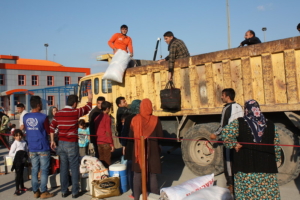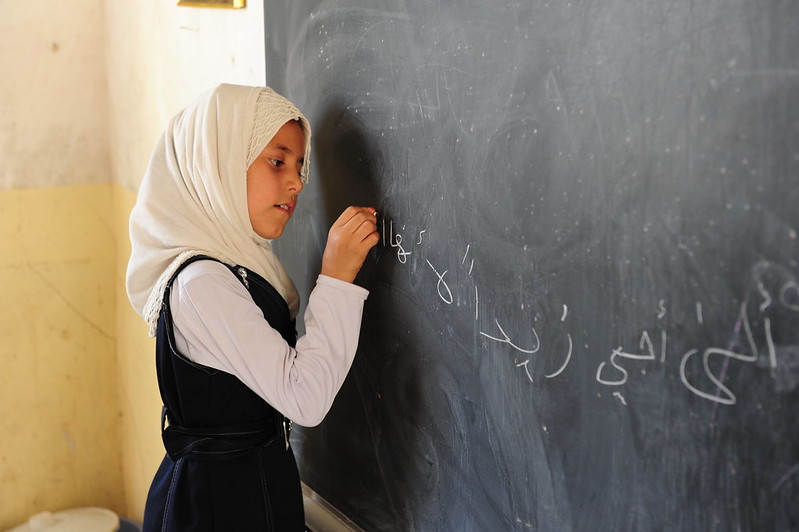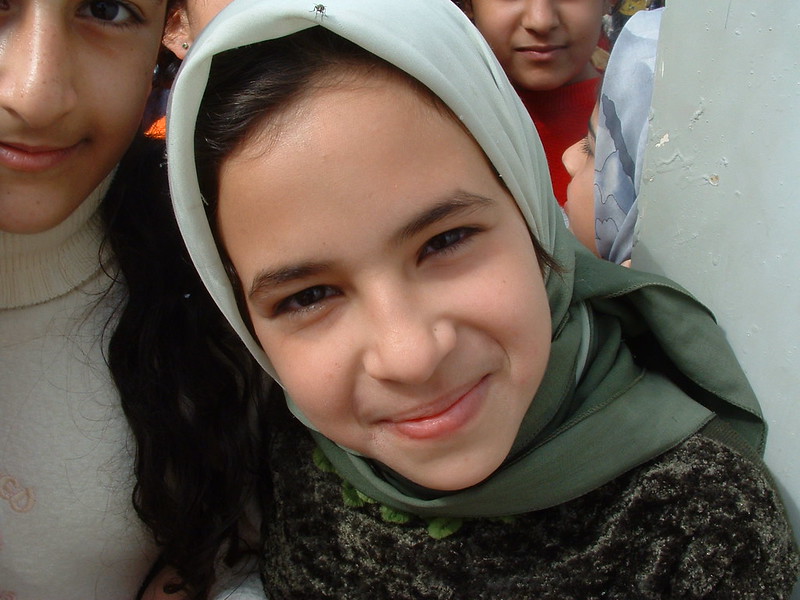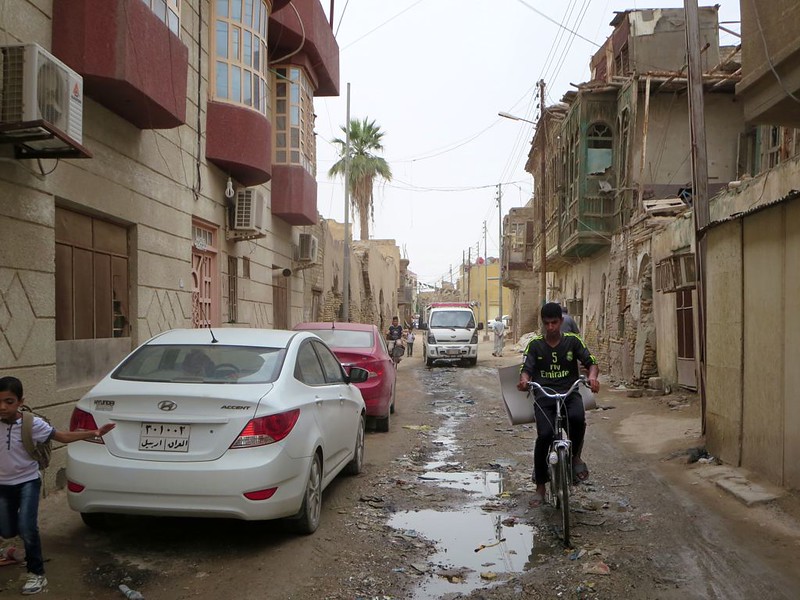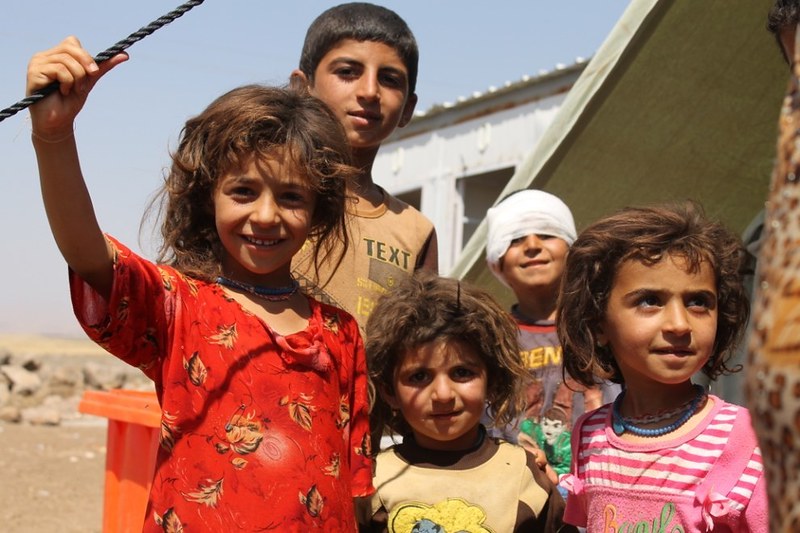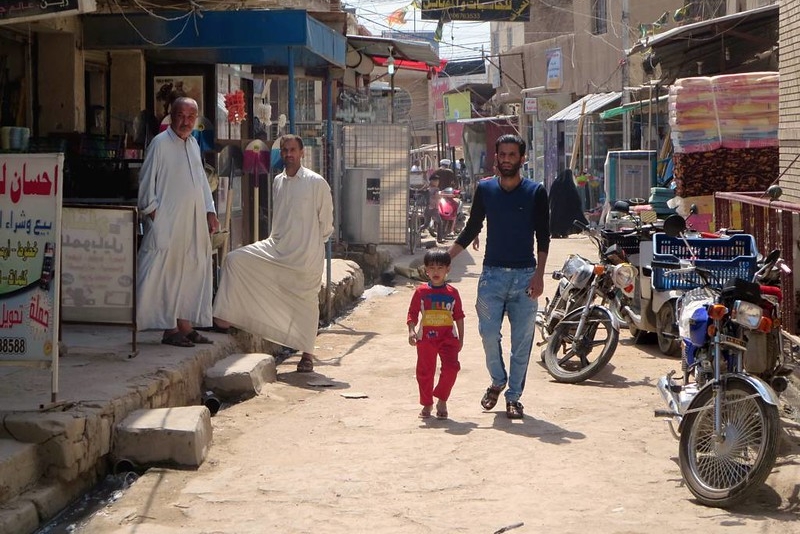 According to Humanium, around 3.5 million children are affected by poverty in Iraq. Child poverty in Iraq has caused several problems, as it denies children their most basic human rights. These children face multidimensional poverty as they are deprived of education, health care and safety. Here are little-known facts about child poverty in Iraq.
According to Humanium, around 3.5 million children are affected by poverty in Iraq. Child poverty in Iraq has caused several problems, as it denies children their most basic human rights. These children face multidimensional poverty as they are deprived of education, health care and safety. Here are little-known facts about child poverty in Iraq.
Health
According to the United Nations Children’s Fund (UNICEF), one in five children in Iraq suffers from stunted growth due to chronic malnutrition, a serious issue with long-term impacts. Malnourishment not only threatens children’s survival and physical development but also poses lasting risks to their cognitive abilities and academic performance.
Postnatal breastfeeding practices are extremely low and stand at 19.6%, with most infants receiving additional milk and other liquids shortly after birth. Continuation of breastfeeding is poor, with only 22.7% of mothers reporting offering breast milk until the child reaches 24 months. In Iraq’s previous state of insecurity and population displacement, good child-feeding practices are in even more jeopardy.
Education
Education in Iraq is free and mandatory until the age of 12. However, inadequate facilities and overcrowded classrooms hinder children from receiving a quality education. Additionally, children with disabilities and those who are displaced often lack access to schooling altogether.
Ongoing instability in the country has further undermined the right to education, with several primary and secondary schools forced to shut down and more than 20 schools reportedly demolished. Furthermore, out-of-school children are more vulnerable to exploitation and abuse, including child labor, recruitment by armed actors and early marriage.
Technology
In partnership with the Government of Iraq (GoI) and UNICEF’s Office of Innovation, UNICEF Iraq is exploring innovative approaches to measure poverty beyond traditional methods. This includes analyzing alternative data sources such as mobile phone data and satellite imagery and incorporating high-frequency surveys.
The goal is to determine whether call detail records (CDRs) and satellite images can effectively predict poverty levels. Once a reliable model is developed, it can be used to monitor and update child poverty estimates across Iraq regularly.
COVID-19
A global consensus emerged recognizing the devastating socioeconomic impact of the COVID-19 crisis and Iraq was no exception. The country experienced widespread job losses and rising prices, which led to increasing poverty levels. In addition, disruptions to essential services further deepened household deprivation and vulnerability.
Children and adolescents, who accounted for more than half of Iraq’s population, were particularly affected. They bear the brunt of growing poverty, service interruptions and heightened family stress caused by the pandemic.
In response to the pandemic outbreak in Iraq, the World Bank approved more than $33 million to support the country’s effort in ” preventing, detecting and responding to the COVID-19 pandemic.” Additionally, the United Nations World Food Program (WFP) launched new programs to support Iraq’s vulnerable population, especially women and children.
Conclusion
Child poverty in Iraq remains a significant and complex challenge, exacerbated by economic instability and disruptions to essential services. While efforts are being made to address these issues, such as innovative data collection methods and initiatives to improve education and health care, the road to meaningful progress is long. Nonetheless, step by step and in collaboration with international organizations such as the World Bank and WFP, Iraq can effectively tackle its child poverty challenge.
– Dania Kerim
Dania is based in London, UK and focuses on Good News for The Borgen Project.
Photo: Pexels

